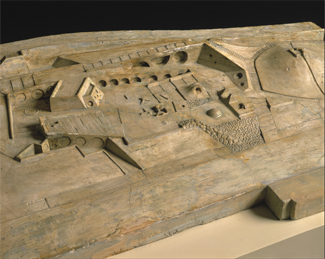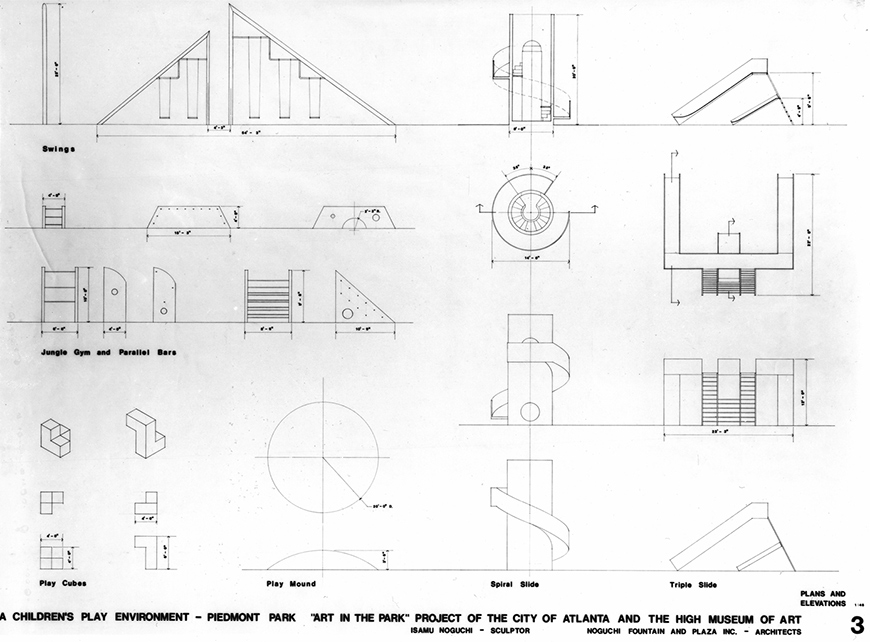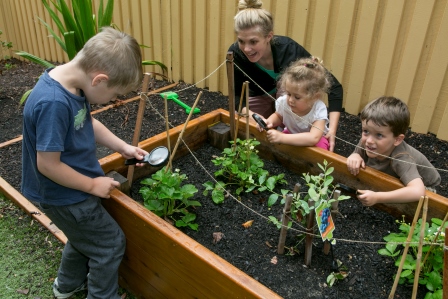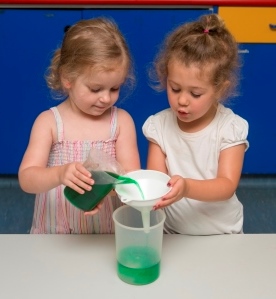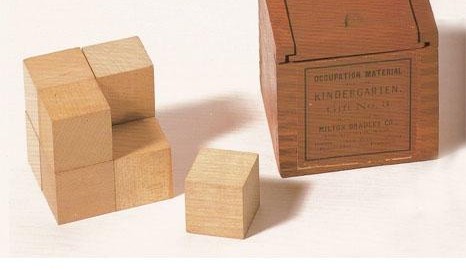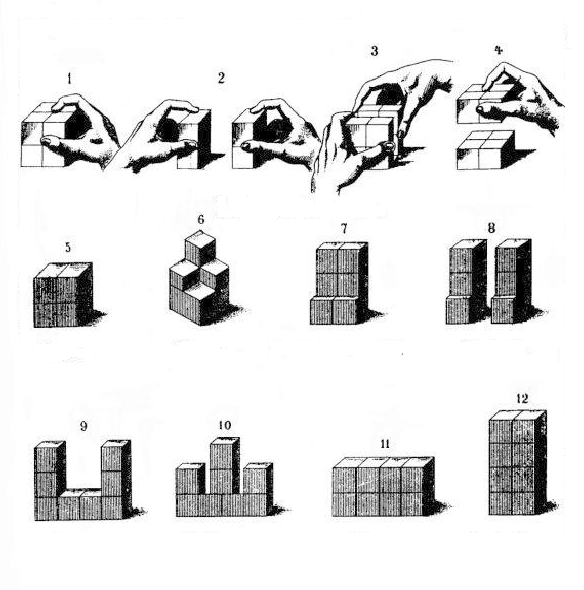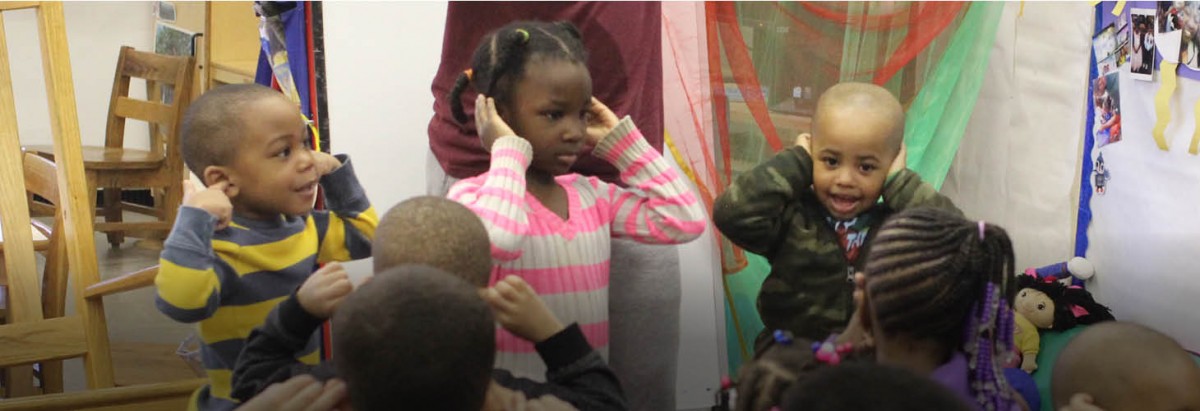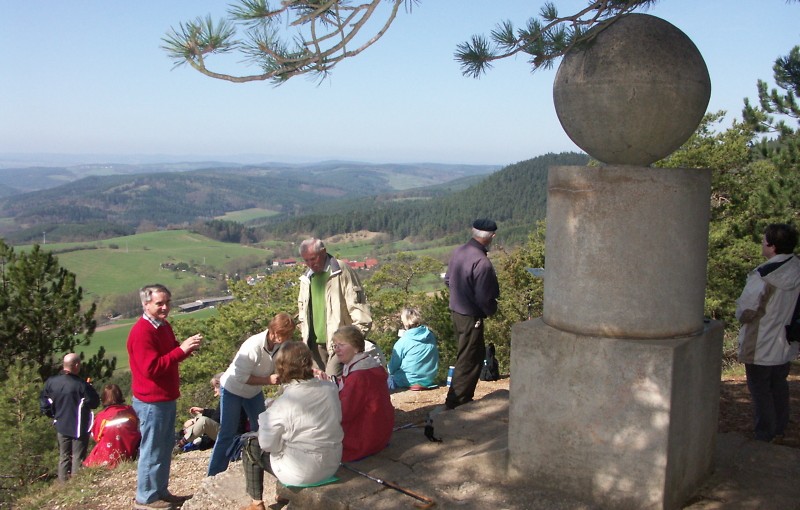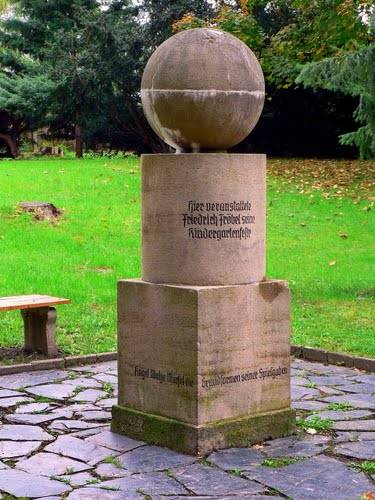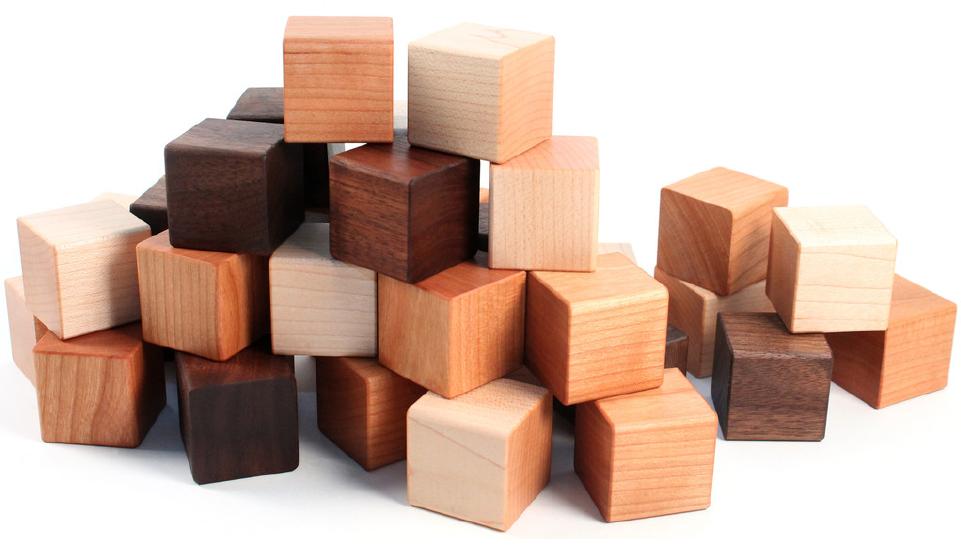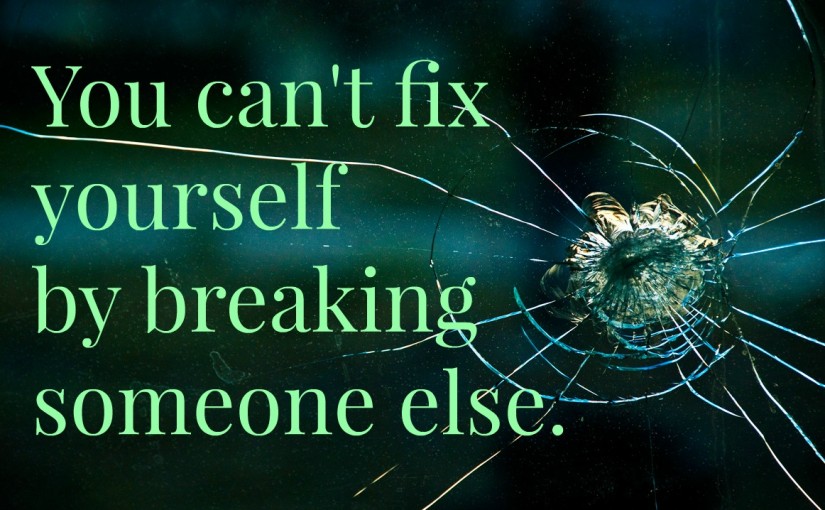Isamu Noguchi (1904-1988) was a visionary sculptor and landscape garden designer whose innovative playgrounds and playground equipment designs are a fusion of earth sculpture and interactive play.
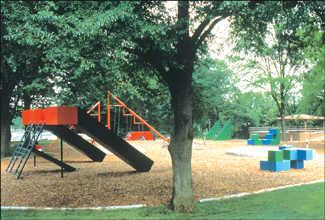
“I think of playgrounds as a primer of shapes and functions; simple, mysterious, and evocative; thus educational.” Isamu Noguchi
The Isamu Noguchi Garden Museum has reopened in New York after a renovation. Noguchi viewed the earth itself as the original sculpture medium. He felt that the ground embodies the spirit of creativity that inspired early humans and suggested a way for them to get control of their spiritual existence, to arrange your inner landscape you must sculpt your outer landscape.
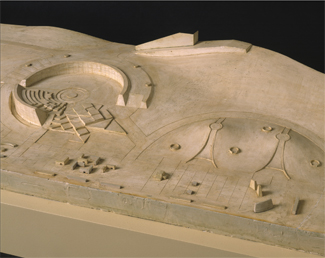
Many distinguished educators, child welfare specialists and civic groups had seen the model for the United Nations Playground had hailed it as the only creative step made in the field in decades.

His last playground design in New York City’s Riverside Park was the fullest evocation of a playground as an art form, an inviting creative play space that would provide not just interactivity but beauty and a place to sit for people of all ages.
